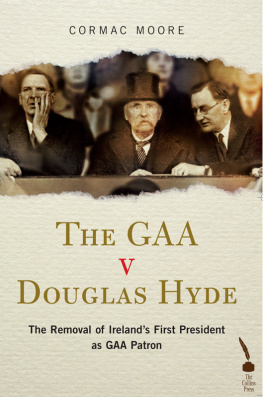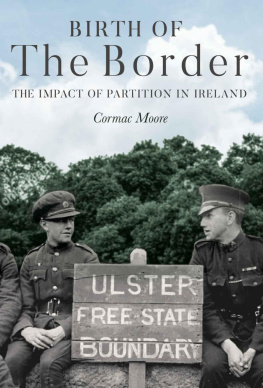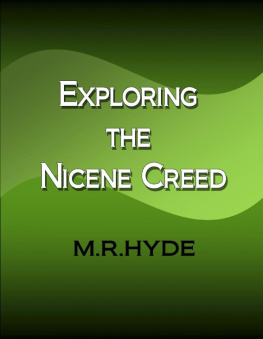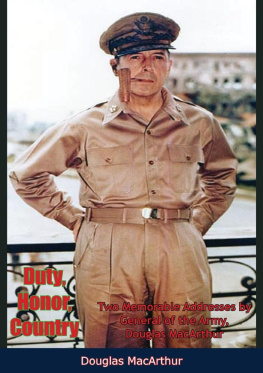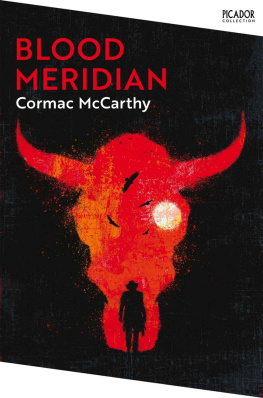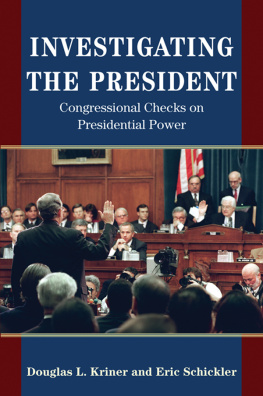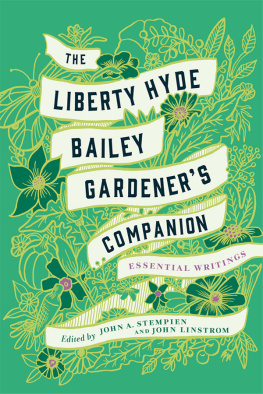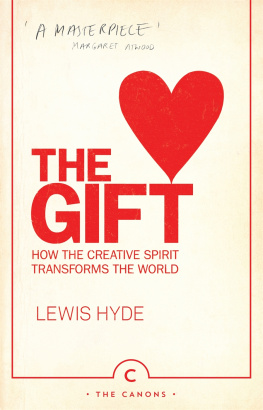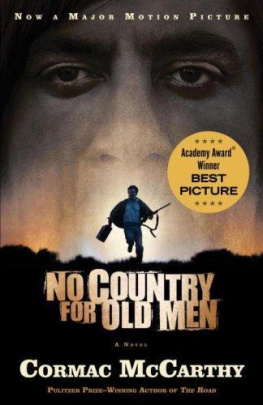In memory of my father, Paddy Moore.
Acknowledgements
T he genesis of this book came from meetings with Professor Diarmaid Ferriter and Dr Paul Rouse of University College Dublin who persuaded me to delve deeper into the incident of Dr Douglas Hydes removal as patron of the GAA. Seeing the rich material available on the subject, I decided to complete my Masters thesis on the topic. Both Diarmaid and Paul helped me greatly with this. Their knowledge of Irish and sporting history and their willingness to help me at every turn was of huge assistance.
I would like to thank Mark Reynolds of the GAA Archive in Croke Park, Dnal McAnallen of the Cardinal Toms Fiaich Memorial Library and Archive in Armagh, and the staff of the Leinster and Connacht GAA Councils. I am also indebted to Deirdre OGara of the Dr Douglas Hyde Interpretative Centre in Portahard, Frenchpark, County Roscommon. The staff of the National Archives of Ireland, the National Library of Ireland and the UCD Archives deserve a special mention for the excellent service they provided throughout this project.
I wish to thank Kieran Hoare from NUI Galway, Eamon de Valera from the Irish Press, Arlene Crampsie from the GAA Oral History Project, Peter Deighan from Gaelic Art and Paul Carson from the Belfast Telegraph who were very helpful with the sourcing of images for this publication.
A huge debt of gratitude is owed to The Collins Press who have been a pleasure to deal with throughout the publishing process.
I would like to pay special thanks to Brian Murphy, who kindly read the first draft and suggested many, much needed, changes. He also provided additional material from his own research, which I feel add greatly to the finished book. A big thank you is owed to Grinne Daly, Margaret Ayres, Kaye Duffy, Frank Mulcahy, Justin Sinnott, Hilary Delahunty, Deirdre Keane, Claire Egan and Simon Deignan for the time they took to read the original manuscript, for their support and for the advice that has helped make this a better book. I would also like to thank Aoife N Lochlainn, who kindly provided me with material from her studies on the Ailtir na hAisirghe movement.
To all my family, friends and work colleagues who provided me with encouragement and advice throughout the process, I am very grateful for your support. Finally, this book is dedicated to my late father, Paddy Moore, who instilled in me a great passion for history and sport and a thirst for knowledge that I will always have.
Cormac Moore
September 2012
Introduction
Our games were in a most grievous condition until the brave and patriotic men who started the Gaelic Athletic Association took in hand their revival. I confess that the instantaneous and extraordinary success which attended their efforts when working upon national lines has filled me with more hope for the future of Ireland than everything else put together.
I consider the work of the association in reviving our ancient national game of comin, or hurling, and Gaelic football, has done more for Ireland than all the speeches of politicians for the last five years.
And it is not alone that that splendid association revived for a time with vigour our national sports, but it revived also our national recollections, and the names of the various clubs throughout the country have perpetuated the memory of the great and good men and martyrs of Ireland
Wherever the warm striped green jersey of the Gaelic Athletic Association was seen, there Irish manhood and Irish memories were rapidly reviving
Dr Douglas Hyde
November 1892
D r Douglas Hyde, founding member and first president of the Gaelic League, became the first President of Ireland in 1938 under the new Constitution of 1937, Bunreacht na hireann. He was an early member and advocate of the Gaelic Athletic Association (GAA) and was friends with Michael Cusack, the man most associated with the founding of the GAA.
Hyde claimed that the GAA paved the way for the Gaelic League, an organisation he, more than anyone else, initiated and grew to levels unthinkable at its outset. It was for his work with the Gaelic League that he was made a patron of the GAA in 1902, an honour bestowed on only a few men even to this day. It was an honour greatly appreciated by Hyde.
This honour was taken from him in December 1938.
On 17 December of that year, the Central Council of the GAA met. Members in attendance included the then president, Ulsterman Pdraig McNamee who was chairing the meeting, Pdraig Caoimh, general secretary, former president Bob OKeeffe (19351938), and members representing the four provincial councils and different county boards. One item on the agenda involved a brief discussion relating to Hyde. It would lead to his removal as a patron of the GAA.
Hyde had attended an international soccer match between Ireland and Poland on 13 November 1938 in his capacity as Head of State. This was considered to be in direct violation of Rule 27 of the GAA, the ban on foreign games. The foreign games ban stipulated that members of the GAA could not play or attend any event organised by the sports of Association football (soccer), rugby, cricket or hockey.
At the meeting a resolution of the Galway County Board was discussed:
That the Central Council at its next meeting be requested to consider the position of a patron whose official duties may bring him into conflict with the fundamental rules of the Association. The chairman said that his ruling was that such a person ceased to be a patron of the association. Some people thought that a patron should be above the rules, but that was not his view. It was no pleasure to rule as he was doing, but he saw no other course. Mr OFarrell, Roscommon, dissenting from the ruling said Dr Hyde had done some good work for them in Roscommon. Chairman He did good work in many places and in many ways. There was no further discussion.
The GAA may have desired to remain uninvolved in politics but its decision to remove the President of Ireland as patron of the Association would ensure that the opposite would happen over the coming weeks and months.
The decision to remove Hyde was seen as an extraordinary one and garnered much interest both nationally and internationally. Not only was the decision made against the Head of the State but it was against a man seen by most as the embodiment of the Irish-Ireland movement, a movement that had the GAA at its forefront.
How did it come to pass that such a decision could be made? In pondering this question, this book will look at Hydes career, one spanning over fifty years dedicated to the Irish-Ireland cause that culminated with him being elected unanimously as first President of Ireland. This book also explores the backgrounds of the two people in the GAA who were most associated with Hydes removal, Pdraig McNamee, the president at the time, and, Pdraig Caoimh, the general secretary. Both men contributed hugely to the Irish-Ireland movement in their own rights and it can be believed that the removal of a man they both respected greatly was a very difficult decision for them to make.





